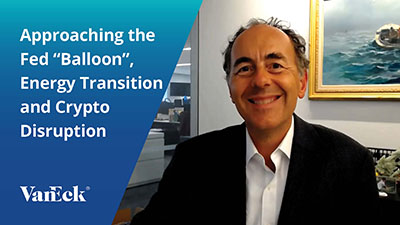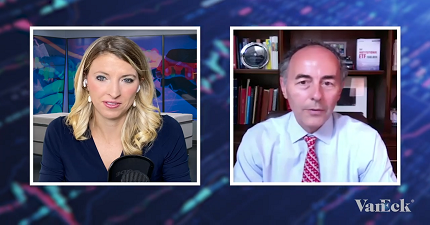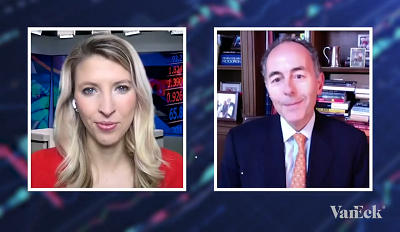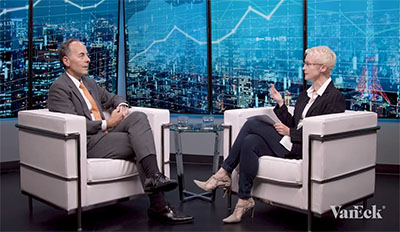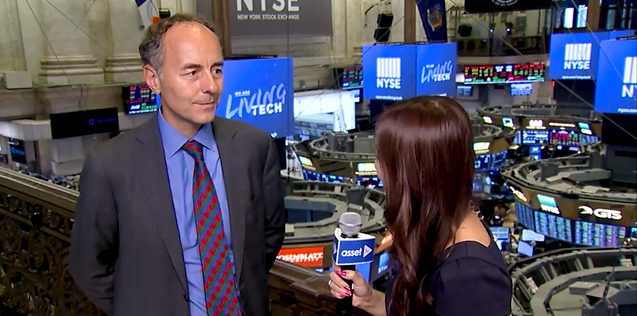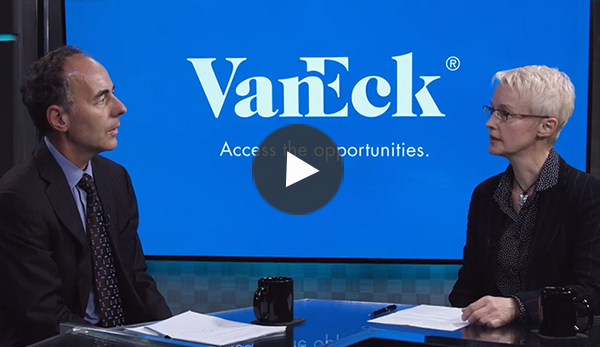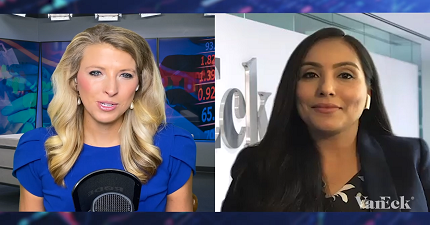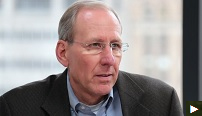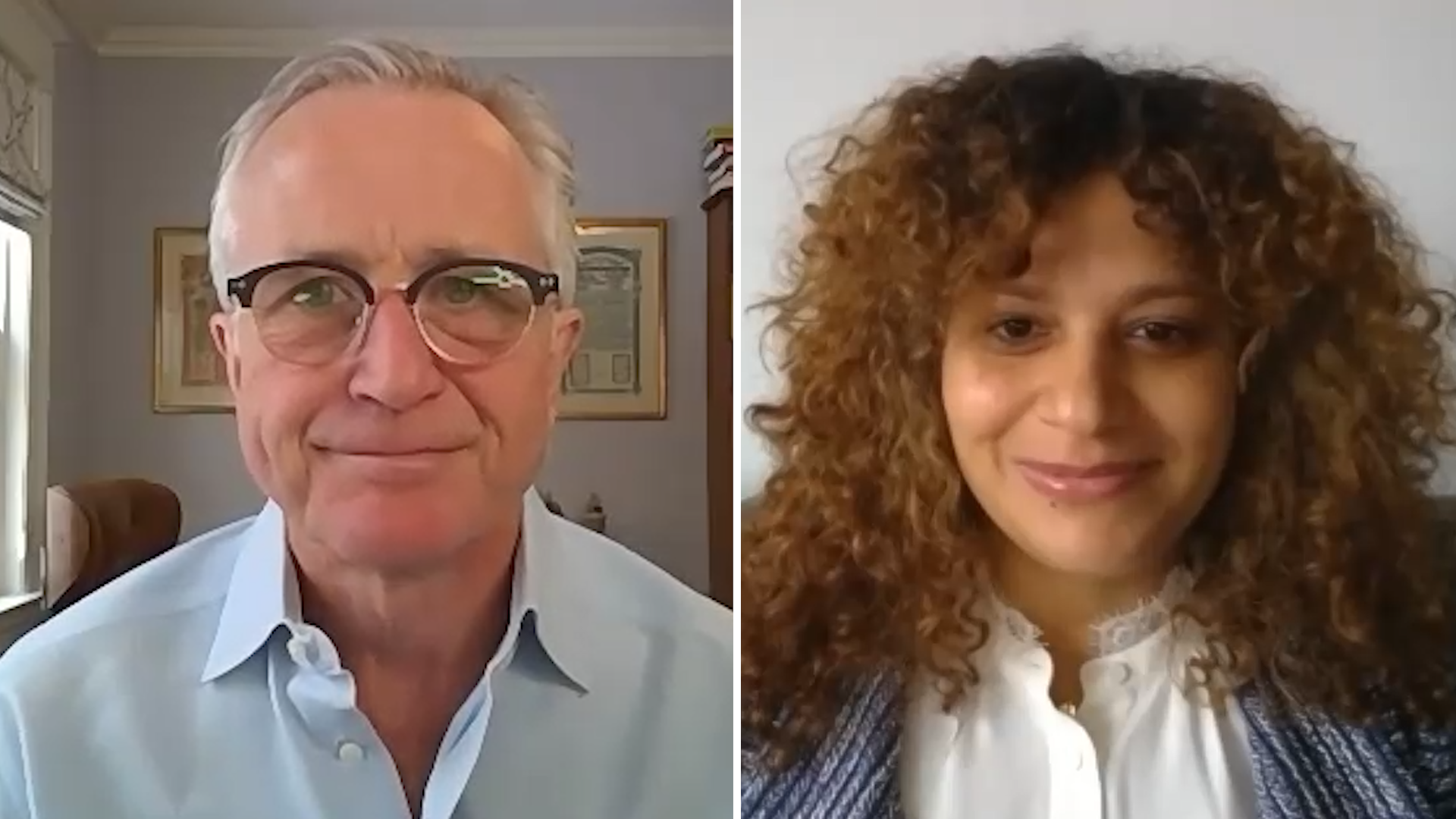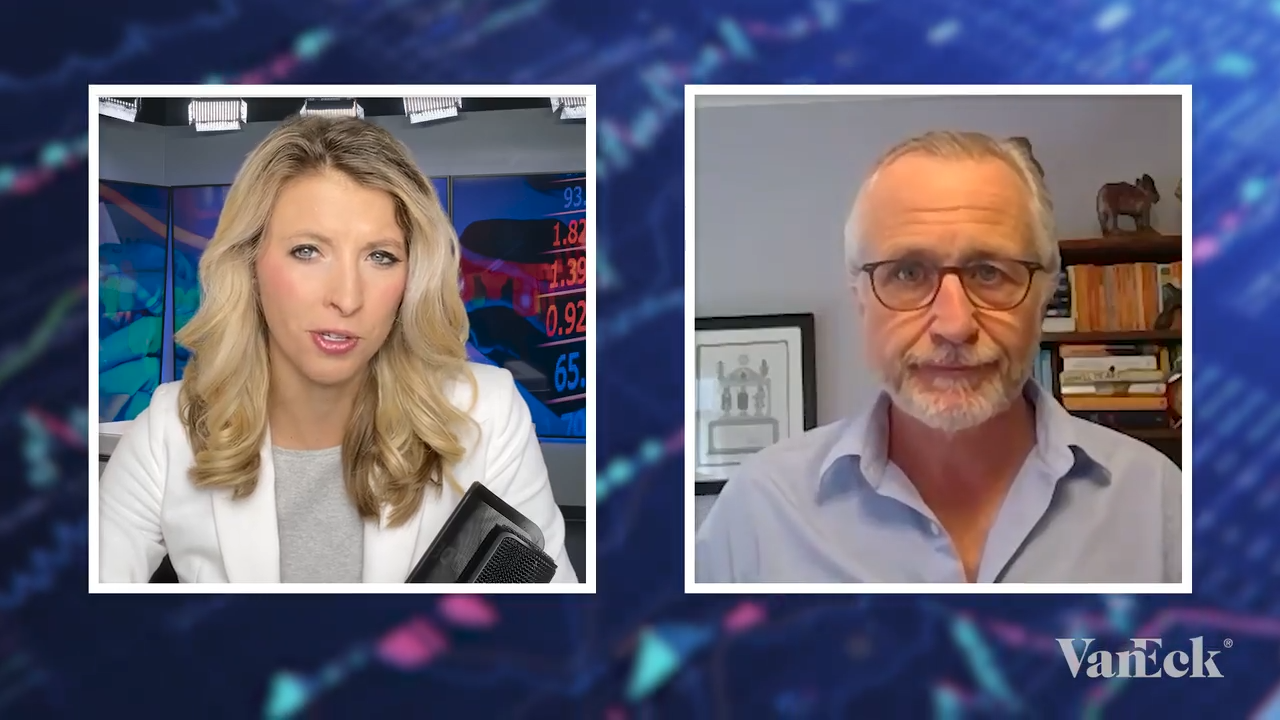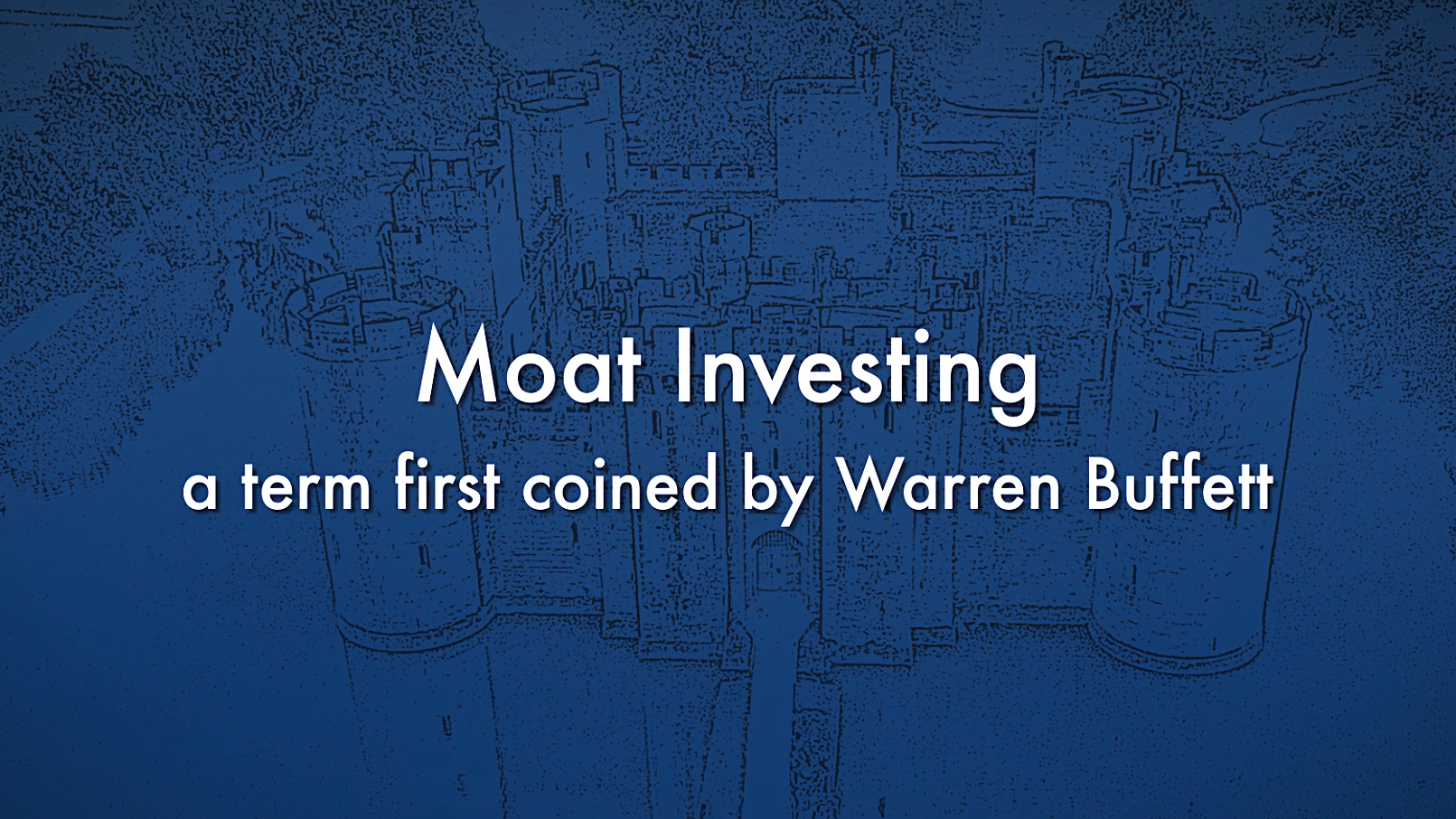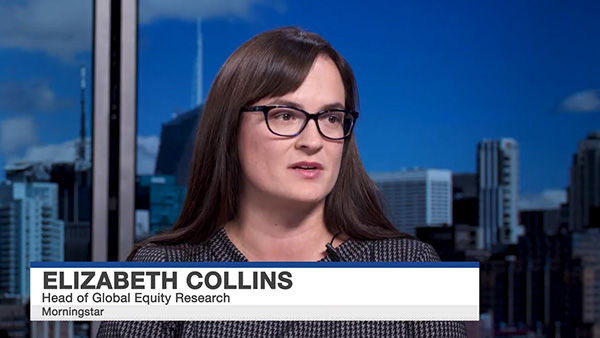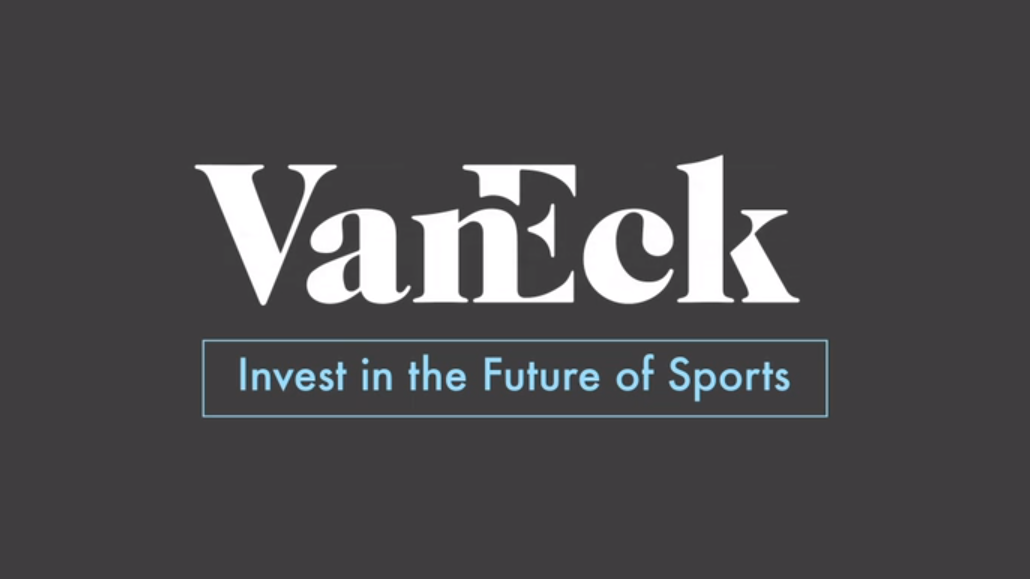Performance Drivers
SHAWN REYNOLDS: Hard assets’ performance so far this year has been quite robust. We really see three drivers behind that. Of course, we have had a rebound in commodity prices, most particularly crude oil, after coming off of a fairly weak fourth quarter, we've seen prices rebound quite strongly, really driven by a combination of remaining robust demand and also the removal of some supply risks that had been out there for over a year. (That meaning U.S. shale growth kind of swamping the market.) But now we see supply risk come in the other direction, really coming from places like Venezuela, parts of Africa and Libya, and Algeria and so lots of concerns about where supply's going to be. But some strength in commodity prices has certainly helped, certainly iron ore prices have helped as well.
Secondly, valuations had got to be at extremely attractive levels at the end of 2018. And so, there's a lot of dry powder out there and a lot of people see relative and historical valuation attractiveness. And then third, and most importantly, the transformation that we've been seeing going on in the corporate world of hard assets and natural resource and commodity companies has really been quite dramatic. We're really entering into a new era, and we're seeing very, very definitive evidence that those transformations are happening. And that's in the form of increased productivity, lower cost, higher returns, higher free cash flow. And that is translating into better yields in terms of dividends and share re-purchases. So, return of capital to shareholders. And this is dramatically different than anything we've ever seen from commodity companies over the last several decades.
Outlook
I think for the rest of the year the theme we're really going to be focusing on is continuation of this return of capital strategy. It's been going on for a year now, but we really need to see further follow through, particularly as we see commodity prices, and crude oil in particular, being quite strong. And that free cash flow that comes into the company, what are they going to do with it? Are they going to revert back to growth at any cost? Or are they going to give some of that back to shareholders?
Right now we see a lot of discipline. So, it's discipline and following that through and those are the things that we're really going to be focused on. And then we have conversations with our management teams about: "We need more of this. We need to see sustainability of this and commitment to it." And so that's the thing that we're really going to be focusing on.
Innovation in Natural Resources
Probably surprisingly to a lot of people, I think innovation in the natural resources world has been around for decades. If you think about grain yields, what drove that? Lots of innovation and genetics and just precision agriculture that is emerging right now. If you think about the oil industry. I mean they've been innovating technology for decades, whether it was 3D seismic and now we have, of course, fracking and horizontal drilling and those phenomena.
So innovation on the technology side has been there for a long, long time. But I think the biggest innovation that is really taking hold now, and really worth paying attention to, is that on business models. And that’s what we were mentioning earlier, this change away from growth at any cost and all the capital coming into the company being focused on growth to, now, a more balanced approach in terms of growth and returns. And returning some of that to shareholders. Making these natural resource companies very relevant to the broader market in terms of free cash flow yield, dividend yield, and per-share growth, rather than just volume growth.
So that kind of innovation is new, and exciting, and very tangible, and is happening. And we're seeing that across the board.
